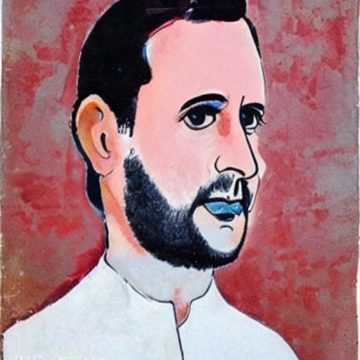 Aditya Bahl in Sidecar:
Aditya Bahl in Sidecar:
On 7 September last year, the senior Congress leader Rahul Gandhi launched Bharat Jodo Yatra, a protest march to ‘unite India’ against the ‘divisive politics’ of the BJP-led government. Stretching from Kanyakumari, on the southern tip of India, to Jammu and Kashmir in the north, the yatra covered some 3,500 kilometers and twelve states. A number of celebrities made headlines by joining this five-month journey. As did Gandhi’s outfit (a single polo T-shirt throughout the winter), his scraggly beard and his fitness regime (‘fourteen pushups in ten seconds’). The right-wing backlash was predictable: some mocked Gandhi’s Burberry wardrobe, others likened his facial hair to Saddam Hussein’s. Yet, in every state he crossed, the 52-year-old scion of the Nehru-Gandhi dynasty saw his approval ratings increase – most of all in Delhi, where they jumped from 32% to 55%. Riding a wave of mass popularity for the first time in his career, Gandhi provided this memorable summation: ‘In the bazaar of hate, I am opening shops of love’. And then, within a few weeks, his star plummeted. On 23 March, a lower Indian court convicted him of making defamatory comments about the surname of the Prime Minister. A day later, he was summarily ejected from parliament.
While Gandhi’s political future is in jeopardy, his nemesis still appears to be untouchable, despite the volatility of his period in office. Over nine years, Narendra Modi has unleashed a devastating series of ‘shock and awe’ operations which have consistently failed to dent his popularity. In November 2016, he withdrew 86% of the circulating currency overnight, costing 10-12 million workers their jobs.
More here.
